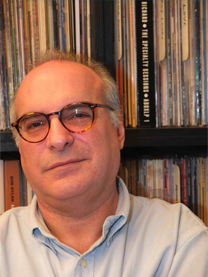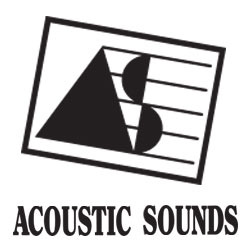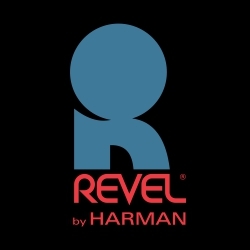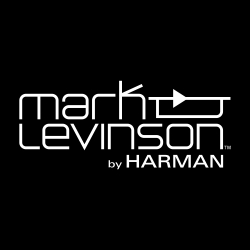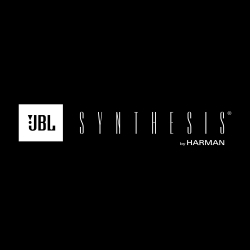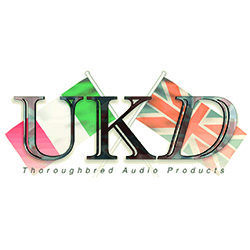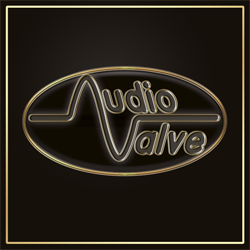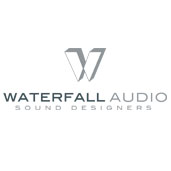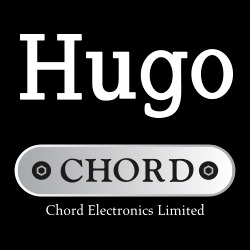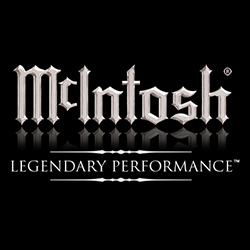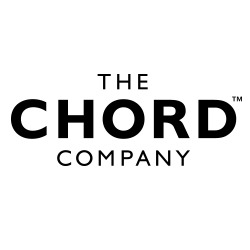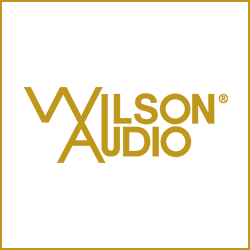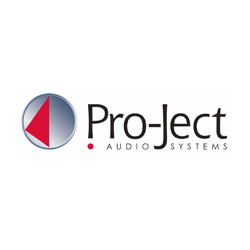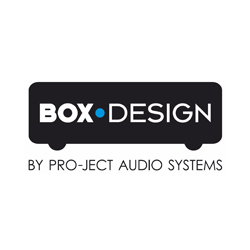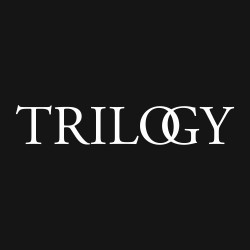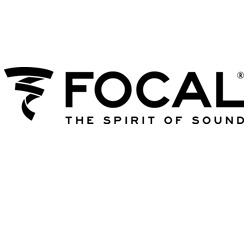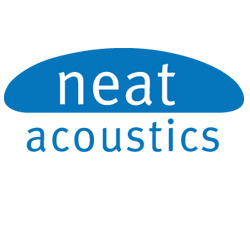Little did the tube-driven side of me know what was in store when I visited Guangzhou (Canton) in the People’s Republic of China to attend the Guangdong International Radio Music Festival ‘94. This was China’s first mainstream hi-fi show, virtually all of its predecessors over the past few years having been sponsored by distributors or retailers and they were by definition small affairs featuring only a few brands.
In addition to the “normal” hi-fi which filled four-and-a-bit floors, nearly the whole of the 15th floor of the Landmark Hotel was filled with valve amplifier manufacturers – filled. And you thought that the Chinese only made the actual tubes themselves. So what 1990s valve fanatic, aware of China’s rôle as one of two major sources for tubes, wouldn’t be curious about the actual amplifiers they’re producing?
Although it would have made a amazing feature article in and of itself, finding and reporting on the actual raw tube manufacturers themselves wasn’t part of my agenda; you don’t “flit” around mainland China at random and every journey seems to require military precision in its planning stages. But I did ask on your behalf and I was told that the tube producers prefer not to sell raw tubes to the public, that the hobbyist scene is small and a bit disorganised, and that most of the valves sold on the home market were wholesaled directly to the tube amp makers; the rest go to the foreign distributors. But I gave up on the idea of stuffing my suitcase full of budget glassware, however tempting the idea.
It’s probably safe to say that the potential of the Chinese tube amp builders probably won’t even start to be realized for two or three years. In most cases, the products are clever and truly cost-effective; in one or two cases they’re even sonically stunning. But long-term China-watchers advised me to temper my enthusiasm, and for good reason. Although the dozens of units I saw were priced cheaply in China, quick calculations deterred any visitors with thoughts of distribution in the West. For starters, the Chinese don’t quite understand that 20% off the local retail price is not what a distributor expects to pay, e.g. $500 for an amplifier retailing at $625; communism has certainly redefined the concept of ‘wholesales margins’ for the Chinese. Add to that the duty, tax and the requisite margins for the distributor and the retailers at the end of the line, and suddenly the Chinese hardware costs as much as the more-affordable tube products in their home markets. What look like absolute bargains in Canton suddenly wear Sonic Frontiers or Cary or Audio Innovations or Audion price tags, thus eliminating their main advantage: low cost.
Build quality is another problem. It was explained to me by a couple of Hong Kong distributors — surely the natural choices to act as world distributors for Chinese wares — that the tube amp community is able to produce a handful of prototypes or initial items built to standards acceptable in the West, but that first order for 20 or 50 or 100 units scares ‘em silly and suddenly you’re looking at amplifiers with crooked front panels, unevenly drilled holes, faulty wiring and other ills.
Without wishing to discourage China’s pioneering audiophile companies, I have to acknowledge that the Chinese tube amp makers still have a bit to learn about construction to American and European standards. But when they do figure out how to drill and mill and assemble to levels appealing to American, Japanese and European hi-fi consumers, there’ll be no stopping the Chinese valve brigade. Some have already demonstrated a knack for fresh styling, others know how to exploit the retro appeal of wooden enclosures. Still others want to attack the high-end, while many seem content to produce entry-level units as well as the odd kit. The variety is there, the initiative is there. And, pun intended, I reckon the Chinese hi-fi community has a glowing future.
So here are some of the newest players on the global valve tube. I expect that most of the names will be familiar to all of us by the end of the decade:
BAROQUE was demonstrating a small, two-box tube pre-amplifier in the Scitech room, probably the tweakiest of all the companies. I don’t know if Baroque is part of Scitech or a separate firm, but it seemed fitting that this unit was surrounded by hand-made cables, speaker-stand dampers and spikes. The Baroque was rough-looking and minimalist and no specs were available, but it does exist, so I thought you should know about it.
HONG DENG showed a slick line-level tube pre-amp called the SL200. Available in silver or black, it contains four valves (mounted horizontally on vertical daughter boards), internal isolation of the power supply, four line inputs, mono/stereo selector, bypass mode and superb construction on the display model. As for the range of amps, well, I won’t swear to any glass content, but the power ratings are specified down to 1ohm, with the 250W/channel M200 monoblock delivering 1100W at that silliest of impedances. Which suggests output stages of the solid-state variety. Oh, and the M200 weighs a hefty 72kg.
OPERA has the beautiful two-chassis Classic pre-amp which was so handsome as to appear high-end-American. Its separate power supply is housed in a box identical to the main unit, the latter sporting volume and source selectors in a centrally-mounted panel, copper against steel. I heard this driving the company’s own stereo and monoblock Harmony power amps (e.g., the Harmony 100B delivering 35W/ch RMS), available with a variety of output tubes including a choice of 211s, 300Bs, KT88s and 2A3s. These amps featured chromed chassis, exposed valves at the front, and enclosed transformers at the back.
ORPHEUS has a selection of separates and integrated units, including power amplifiers reminiscent of old Dynacos. Particularly interesting are the open-fronted amplifiers such as the 35W/ch TA-6501ES and the matching pre-amp, the TH-1101ES, with knobs worthy of European high-end electronics. Another nice touch is the top surface of the TP6301 integrated amp: a full-width wooden slab.
PARADISE showed a range of black-glass-fronted integrated amplifiers, trimmed with green or orange lettering; I couldn’t help thinking of the equally funky Yakov Aronov amps from Los Angeles. The models differ in the number of inputs, facilities and power ratings, the RA-8PD, for example, producing 35W/channel. Its price is 2870 Chinese dollars, or roughly $390, while the seemingly identical RA-10P costs $650.
PEAK/IA uses EL34s in one of its stereo amplifiers, and what look like KT88s in another (the AS-10). The latter is a chrome-chassis’d beauty with a matching slim-line pre-amp bearing identical dimensions to the chassis-only portion of the amplifier. Build quality was among the best on offer from the Chinese companies.
SHENZEN VACUUM AUDIO CO might be a separate company entirely, or just a division of the similarly named major brand below (different address and phone numbers). Their advertisement shows a handsome Dynaco clone called the VAA-120 sporting four KT100s and a volume control for direct injection of a single source, not dissimilar to Shenzen Valve Audio Lab’s VAA models. Also listed are versions containing 300B and 2A3 valves, and other amps with model numbers straight out of David Hafler’s past.
SHENZEN VALVE AUDIO LAB, one of the bigger brands and probably not to be confused with the above, filled a room with a vast line-up including stereo and mono amps and amplifier kits ranging from the ludicrously inexpensive to the heart-stopping. I first noted this company when I saw an ad for a forthcoming model, the 211-equipped single-ended triode JD-211S with ‘artist’s impression’ drawings so Italianate that I wanted to place an order on the spot: big, chrome’d transformer cover, cylindrical feet, long chassis a la Cary — but it costs $24,000 per set. Ready to purchase and more indicative of the bargains to be had are the MP-2100 monoblocks (100W each, $1150 per pair…), the MP-70MkIIS Dynaclone ($400), the MP-L1 line amp ($200), the VAA-70MkII kit ($265), and variants of the power amps in mono and stereo configurations.
SHIFA offered something for everybody, the largest range from a single company which I’ve ever seen…even bigger than Audio Note’s range. The selection included a pair of monoblocks containing 40, count’em, forty EL34s per channel, a wide choice of integrated amplifiers, single-ended triode designs, 300B-equipped amps of every stripe — it was overwhelming. The EL34-filled amp is rated at 200W per chassis, or a mere 5W per tube — good for the valve-life, considering that they’re packed together like the proverbial sardines. Cost is around $12,000 per pair. The SF-3.0 is a 50-watter bearing four KT88s, the SE-70BZ an integrated wearing four EL34s per channel, there’s a stereo power amp carrying six KT100s per channel for 2x100W output, a 16W/channel called the SF2.2 with two 300Bs per side and a mono-block version of that — both single-ended, there’s the 120W monoblock SF3.8 with eighteen 6P3P valves per chassis, and on and on and on. No kidding: the Shifa room was tube loony heaven.
SILSONIC showed handsome integrated amps like the SAP-E50T bearing four EL34s, a champagne-coloured chassis and nicely-made transformers for (be still my heart) $385. The SAP-50T, wearing a quartet of KT88s/KT100s and delivering 50W/channel sells for an equally tormenting $650…
SPARK rivals Shifa for sheer product selection, with 300B-equipped monoblocks, integrated amps, pre-amps, stereo power amps, all looking very Western and Cary-ish. This company has a good grasp of aesthetics, using sculpted aluminum fascias, nice controls and a neat house-style. Among the more impressive beasties were the SPARK 550 stereo amp delivering 32W/channel from two pairs of 300Bs, the 560 70W/channel stereo amp proudly boasting the use of “American” ECC82s, the gorgeous 850 monoblock delivering 50W from four 300Bs and the wild 800 mono unit delivering a healthy 160W from FU-29 military tubes. If you asked me which of the Chinese tube amp makers stands the best chance in the West, SPARK would be right up there.
VAS (actually from Hong Kong rather than China but still new to me…) has a complete range including pre-amps, phono stages and power amps, tube and solid state. The VP70 tube monoblock delivers 70W from 6550s and features massive transformers and caps. Separate chassis construction for power supplies and actives stages are used for the C2 MkII and VL311 pre-amps and all-tube phono stages, resulting in an imposing stack.
As if the above isn’t enough to dazzle and confuse, there were still more brands not at the hi-fi show but which I learned about and photographed when visiting the shops in the Pan Yu shopping district and the Golden Hoi Yan Electrical Plaza, or heard about on the local audiophile grapevine. I’ll now be obsessed by makes like Audio Monitor (15W/channel integrated for under $375), BOM (a tube hybrid pre-amp), Elegancia, Hong Da (a vast range of dirt-cheap integrated amps wearing big tubes), Panda, Unistar (a slick pre/power combo) and probably others I didn’t notice because of my failure to comprehend Chinese lettering. I saw them on the shelves or in magazines, was tempted by absurdly low prices and outrageous specs for the money (single-ended triode integrated amplifiers for under $600), 100W stereo amps filled with 6550s for a similar figure).
If I’m invited back for next year’s audio fairs, I will bring home some souvenirs other than silk goods or a tea set. I saw this mouthwatering 300B-driven integrated amp for $300…
(Glass Audio, 1995)
